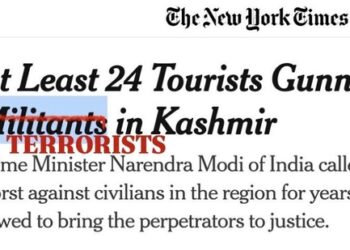The Azerbaijani airliner tragedy that claimed 38 lives is now under intense scrutiny, with mounting evidence suggesting the involvement of a Russian surface-to-air missile. The plane, an Embraer 190 operated by Azerbaijan Airlines, crashed near Aktau, Kazakhstan, after a chaotic sequence of events. The crash occurred during an attempted emergency landing following its diversion from its original route between Baku, Azerbaijan, and Grozny, Russia.
A Telegram channel, VChK-OGPU, closely linked to Russian security services, has alleged that the passenger jet was mistakenly targeted by a Pantsir-S1 missile after being misidentified as a Ukrainian drone. This theory contests earlier Russian media claims attributing the crash to a collision with a Ukrainian drone.
Leaked Communications Reveal Harrowing Final Moments
Leaked cockpit communications provide chilling insight into the crew’s struggle. At 8:12 a.m., the pilot first reported a GPS failure and requested vectoring assistance to return to Baku. By 8:16, he cited a suspected bird strike, prompting air traffic control to ask what help was needed.
The situation deteriorated rapidly. The pilot reported total loss of control at 8:21, responding to an instruction with the haunting phrase: “I can’t execute, control is lost.” Minutes later, the plane vanished from radar, reappearing only to crash near Aktau.
Missile Theory Gains Ground
The Telegram channel reported that damage to the plane’s fuselage appears consistent with missile shrapnel rather than a bird strike or drone collision. According to sources, the alleged missile strike occurred approximately 18 kilometers northwest of Grozny airport at an altitude of 2,400 meters. HT has not independently verified this information.
Crash Aftermath and Investigation
The crash is now the subject of widespread speculation and conspiracy theories. The aircraft was carrying 67 passengers, 38 of whom perished in the incident. Officials continue to investigate the exact cause of the crash, which has sparked debates about air safety and geopolitical tensions.
The tragic incident underscores the risks of operating in conflict-prone airspaces and raises questions about aviation safety measures in contested regions.








 India
India












